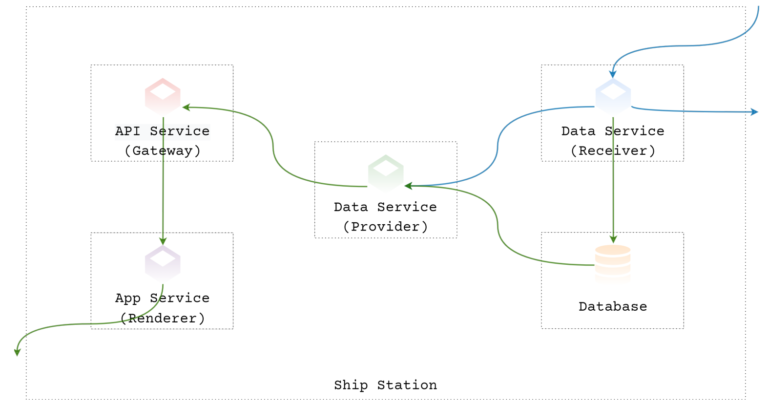
Traditional methods of marine navigation are undergoing a revolution brought about by the almost universal adoption of the Automatic Identification System (AIS). AIS exchanges a wealth of navigational information among vessels and between ships to shore through Very High Frequency (VHF). With AIS data integrated into the Electronic Chart Display and Information System (ECDIS), the identification and navigational information of surrounding vessels as well as aids to navigation can be reflected on the electronic charts in real time, despite some problems such as the low AIS carriage rate on small vessels where it is not mandatory and the high cost of ECDIS preventing such vessels from installing it. In this paper, we introduce BlueNavi, a lower cost but sustainable maritime information providing platform built with microservices architecture allowing flexible on-demand scalability and cross-platform adaptability. Applications served by BlueNavi can provide users with data either stored in a remote data center through the internet or received locally by devices connected to the station without the need for the internet. From our land test, we show that users with only an internet connection but without any AIS equipment can also obtain live AIS data collected by other stations. Conversely, with access to the internet, BlueNavi can also send data back to the land stations, enabling other ships to identify non-AIS ships as well. Through the live-ship test, we demonstrate that BlueNavi works well offline in cooperation with shipborne AIS equipment. We also look at some possible application scenarios for BlueNavi with other data sources and means of communication other than AIS and VHF that can be expanded to the platform. BlueNavi will enable inexpensive ship identification for small vessels and provide an extension of functionality to ECDIS for large ships.